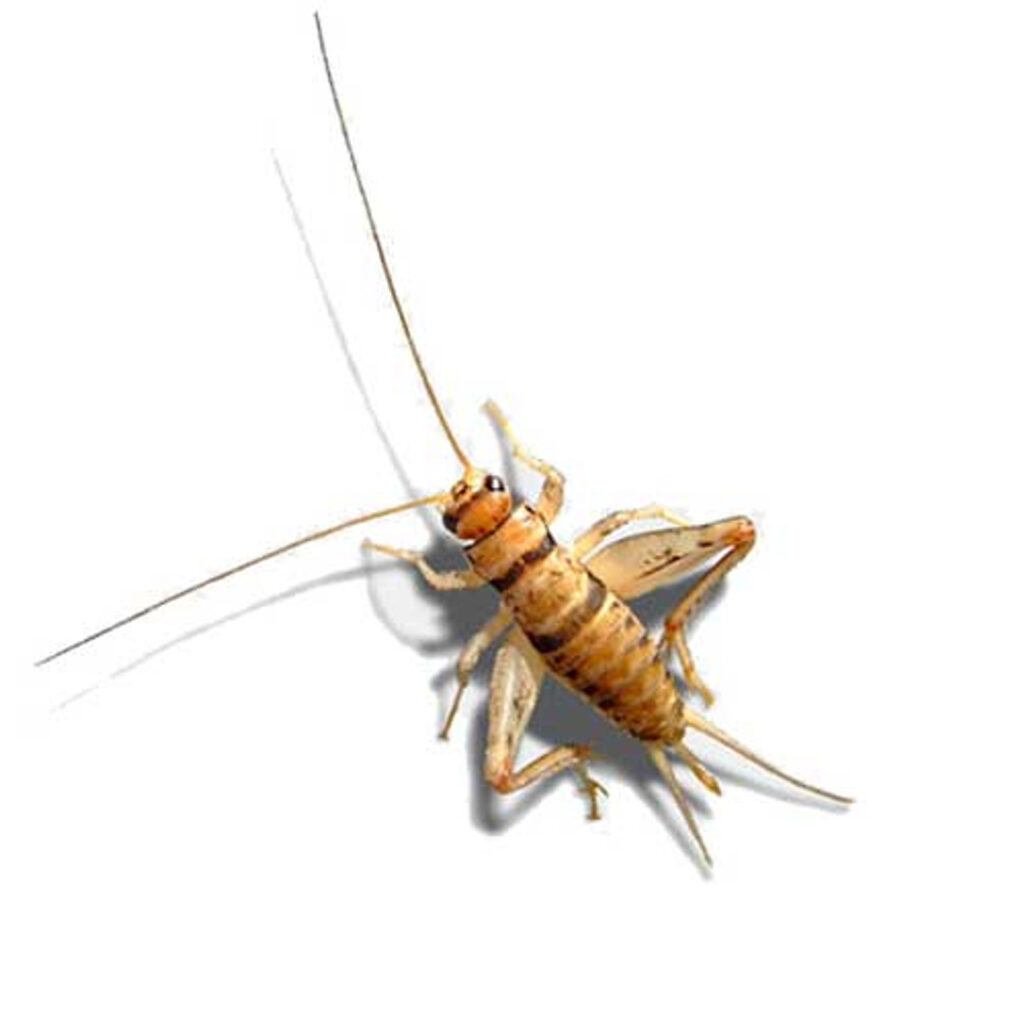Crickets have become a popular food source in recent years. They are a rich source of protein, antioxidants, iron and calcium.
They are also a healthy, low-calorie alternative to animal protein sources. They are also gentle on the environment, as they require less land and water than traditional livestock.
Overview of Crickets as a Food Source
Crickets are a popular food source in many regions of the world. They contain a variety of nutrients, including protein, B vitamins, minerals and essential fatty acids.
Moreover, crickets are an excellent source of vitamin E, retinol and b-carotene. These nutrients have been linked to a range of health benefits and can help prevent certain diseases.
Insects are also a great source of high-quality protein. This type of protein can be used as a supplement for athletes and others looking to increase their muscle mass.
Culinary Uses and Traditional Dishes Featuring Crickets
Crickets are commonly eaten in a variety of cuisines. They can be found in traditional dishes such as tacos, tlayudas (roasted 11-inch tortillas), stews or snacks.
In Mexico, crickets have been a traditional part of the diet since pre-Hispanic times. They complement corn and vegetables and were an important element in ancient cultures’ cosmogony, according to Jonatan Chavez Sanchez, a historian at the Antiguo Colegio de San Ildefonso museum in Mexico City.
Cooked crickets are an easy and delicious way to add protein to your diet. They have a mild, nutty flavor that can be used in many recipes, such as soups, salad dressings, and even baked goods.
Availability and Market Trends of Crickets Consumption
Crickets are a cheap, sustainable and easy-to-produce source of protein, which is especially important in under-resourced countries. They are also a popular food for people with diabetes and other diseases that require high amounts of protein.
The market for edible crickets is booming worldwide. This trend is driven by increasing health conscious consumers.
Asia Pacific is expected to be the fastest growing region for cricket consumption. This is primarily because of the rise in health awareness in developing nations, which is leading to increased dietary preferences for nutritious foods.
India is another lucrative market for edible insects, as the millennial generation seeks to improve their health and fitness levels. This will drive the consumption of edible insects, which in turn will push shipments of cricket protein powder.
Health Benefits and Concerns
Crickets are a rich source of protein, high in all nine essential amino acids. They are also a great source of iron, calcium, B vitamins, zinc, magnesium, and riboflavin.
They are also a good source of antioxidants, prebiotic fiber (a great source of nutrition for probiotics), and a perfect omega 3:6 balance. They also have a lower calorie content than other animal-based proteins, making them a healthy alternative.
In addition, they are more sustainable to produce than cows, pigs or chickens. They consume a fraction of the land, water, and food used by conventional livestock, while producing far less greenhouse gases.
Sustainability Issues Surrounding the Harvesting and Consumption of Crickets
A number of issues surround the harvesting and consumption of crickets. Some of these include environmental concerns such as pollution, as well as human health and safety.
Sustainability is a holistic approach to meeting the needs of people and the environment. It includes issues such as climate action, decent work and economic growth, gender equity, and more.
The United Nations has set 17 Sustainable Development Goals (SDGs) that are aimed at helping to achieve a more sustainable future. These goals aim to end poverty, protect the planet and ensure that all people enjoy peace and prosperity.
Despite these goals, many challenges remain. One of the most important is ensuring that humans operate within ecological borders. This means that they should not destroy resources in the name of progress and that they should not pollute the environment.

